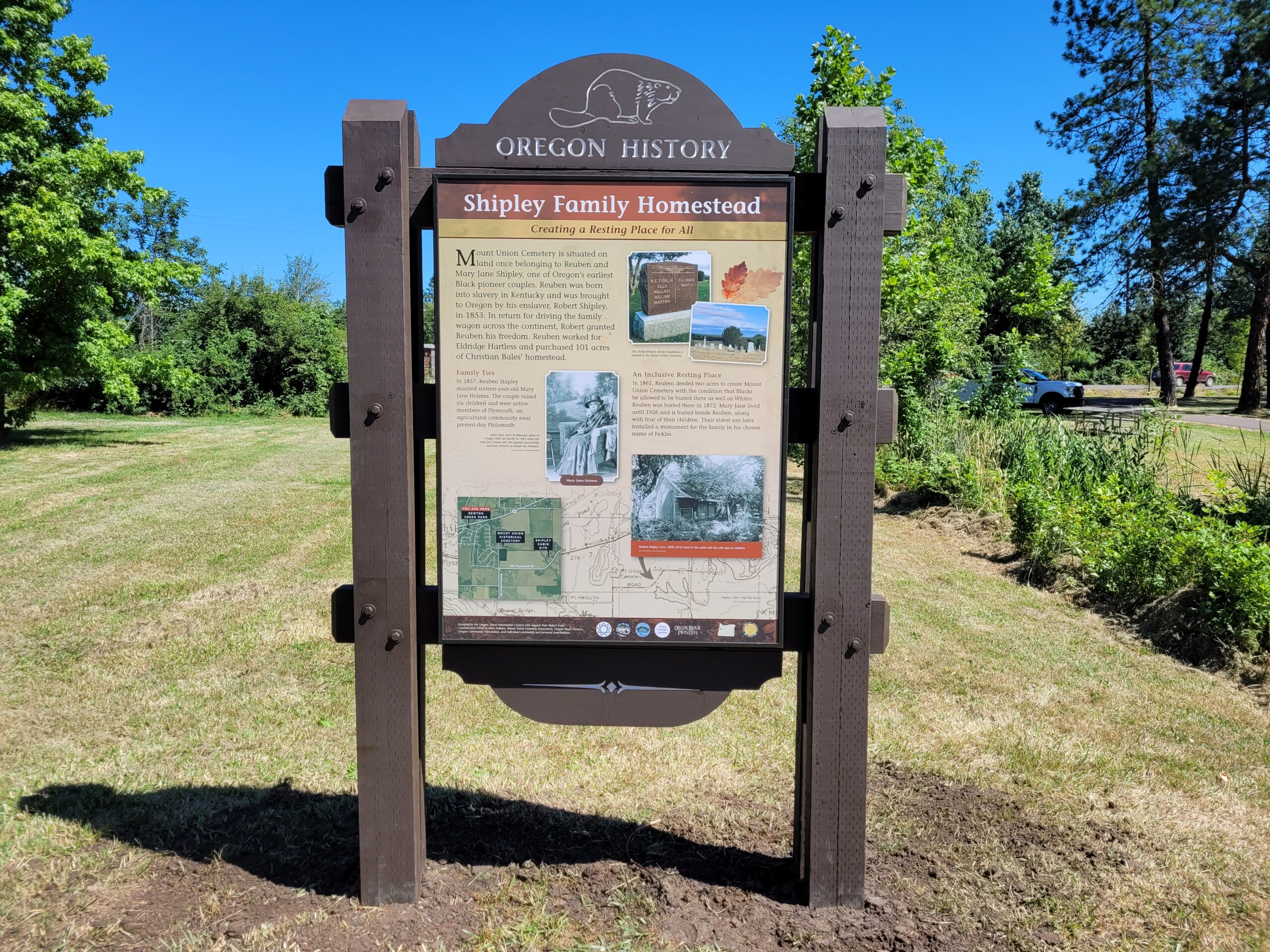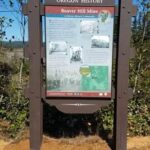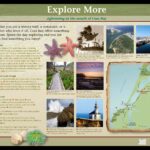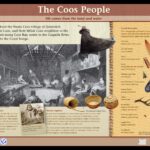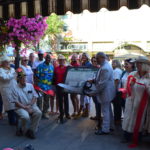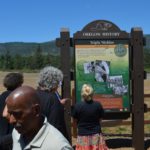Jesse Applegate
Posted on: June 17th, 2024 in Historical Marker Details |
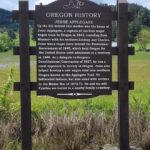
Up the hill behind this marker was the home of Jesse Applegate, a captain of the first major wagon train to Oregon in 1843, traveling from Missouri with his brothers Lindsay and Charles. Jesse was a major force behind the Provisional Government of 1845, which held Oregon for the United States until admission as a territory in 1848. As a delegate to Oregon’s Constitutional Convention of 1857, he was a vocal opponent to slavery in Oregon. Jesse also …
 Payments
Payments